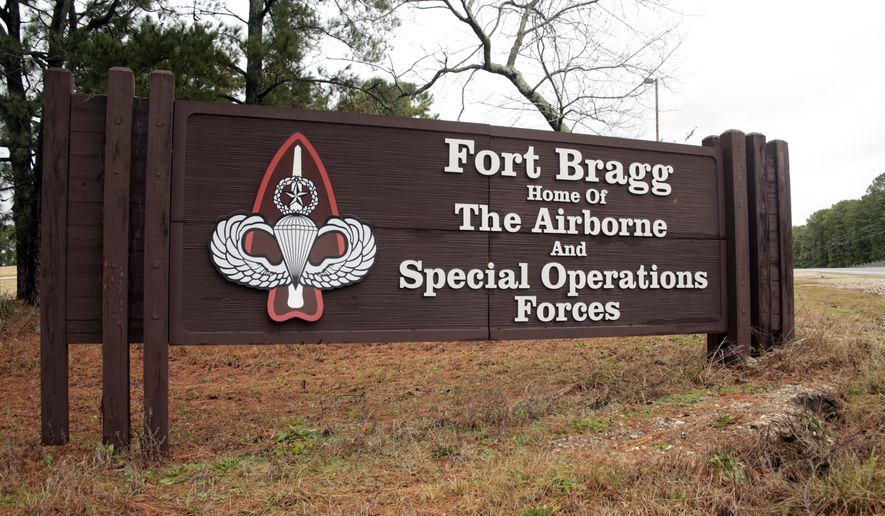The push to sever all ties between the U.S. armed forces and the legacy of the Confederacy has reached new heights, with critics this week demanding that military facilities across the nation rename streets and dorms, take down plaques, and make other necessary changes to erase the Confederate legacy from the modern military.
The Southern Poverty Law Center (SPLC) on Wednesday released a list of what it says are 64 Confederate-linked names and symbols at the U.S. Military Academy at West Point, the U.S. Naval Academy in Annapolis, the Virginia Military Institute and The Citadel military academy in South Carolina.
The SPLC’s latest list comes as a Pentagon panel reviews military facilities, vehicles, ships and other landmarks named after prominent Confederate generals. The effort — which former President Donald Trump vehemently opposed — began as a look at 10 Army bases that bear the name of famous Confederate officers such as Robert E. Lee and Braxton Bragg. But the review process has expanded significantly amid outside pressure from the SPLC and other groups.
“Symbols of white supremacy should never have been associated with the military because they glorify a system of racial oppression and exclusion,” SPLC Chief of Staff Lecia Brooks said in a statement Wednesday. “The presence of these dehumanizing and oppressive displays and symbols is directly linked to white supremacist activity in the military. … Until a more inclusive military is established, this country cannot honestly work towards a more equitable American landscape.”
Mr. Trump argued that changing the base names was an attempt to rewrite U.S. history and that such sites as Fort Bragg and Fort Hood had a legacy beyond their Confederate namesakes.
“Our history as the greatest nation in the World will not be tampered with!” Mr. Trump tweeted last summer. “Respect our military.”
Mr. Trump even vetoed a widely popular bipartisan defense policy bill in part because it included a provision to set up the renaming commission, only to suffer the only veto override of his presidency when Congress again backed the bill.
Retired Adm. Michelle Howard, who chairs the renaming panel, told reporters in a conference call earlier this month that the commission’s mandate in the law went far beyond prominent military bases.
“I think once we get down to looking at buildings and street names, this potentially could run into the hundreds” of name changes, Adm. Howard, the first Black American woman to command a U.S. Navy ship, told reporters.
“We have to look at when and where the installation or asset was named and then what was the purpose behind the naming,” she added.
Even military assets named for Civil War battles, such as the USS Antietam guided missile cruiser, are being vetted by the panel, the admiral said.
Army installations such as Fort Bragg and Fort Hood have been among the most prominent targets in the renaming push, but the SPLC’s latest list targets much more obscure sites.
For example, Law Barracks at The Citadel — named after Confederate Gen. Evander M. Law — must be renamed, critics say, as should Maury Hall at the Naval Academy, Lee Road at West Point, and the Francis H. Smith Administration Building at the Virginia Military Institute.
Maury Hall is named after Cdr. Matthew Fontaine Maury, who resigned from the U.S. Navy to sail for the Confederacy. The Pentagon’s review panel already is considering renaming the USNS Maury, an oceanographic survey ship named in his memory.
— Mike Glenn contributed to this report.
• Ben Wolfgang can be reached at bwolfgang@washingtontimes.com.




Please read our comment policy before commenting.